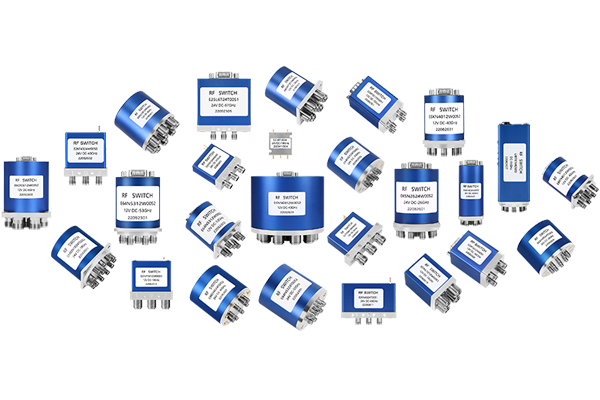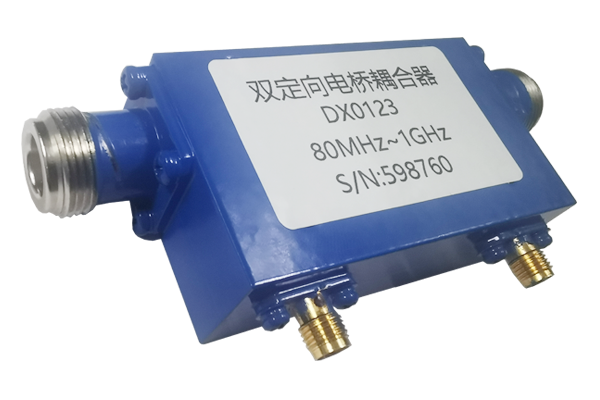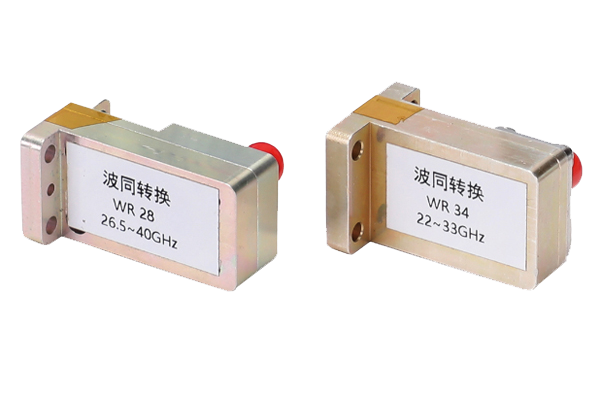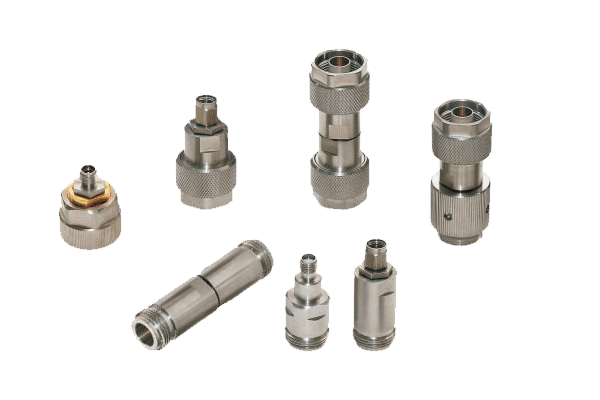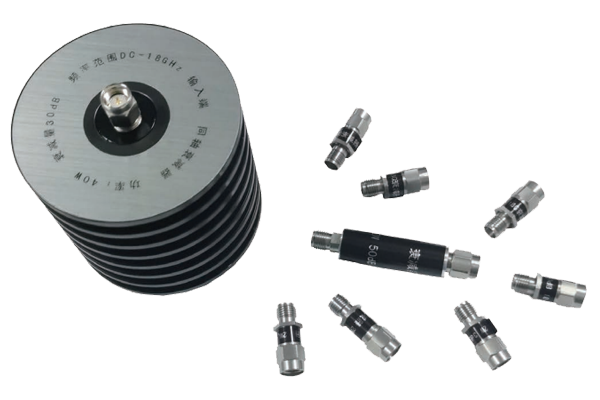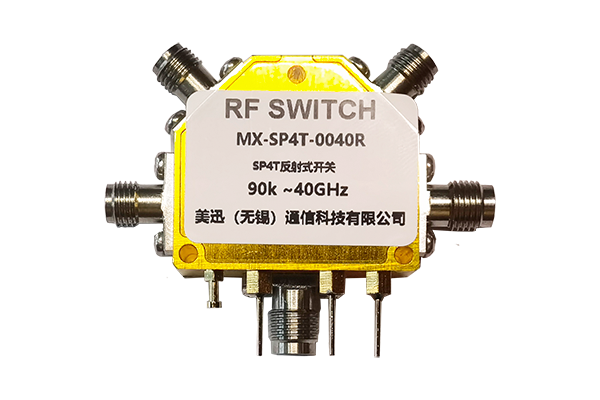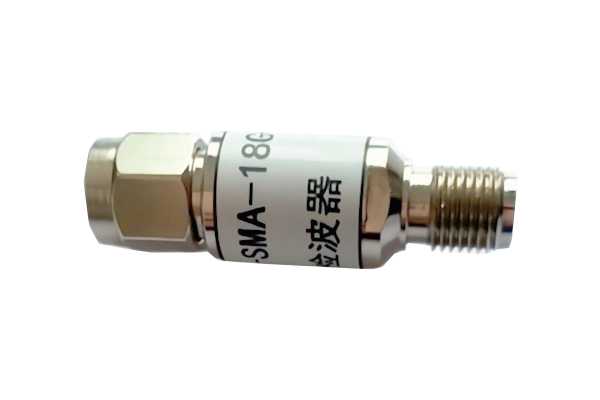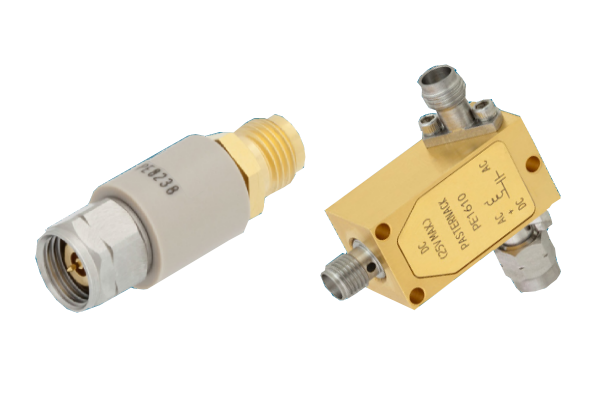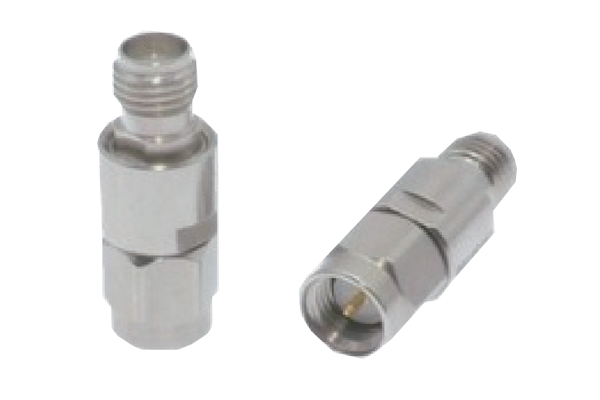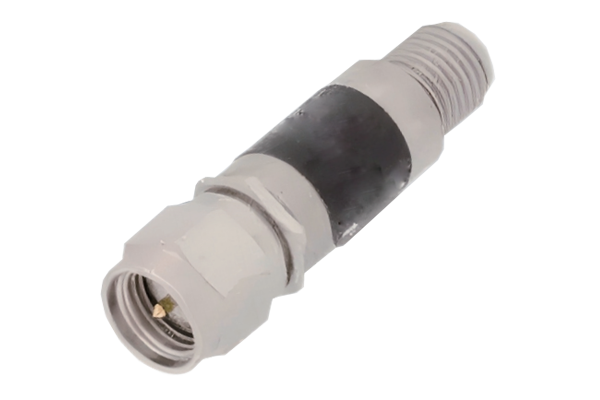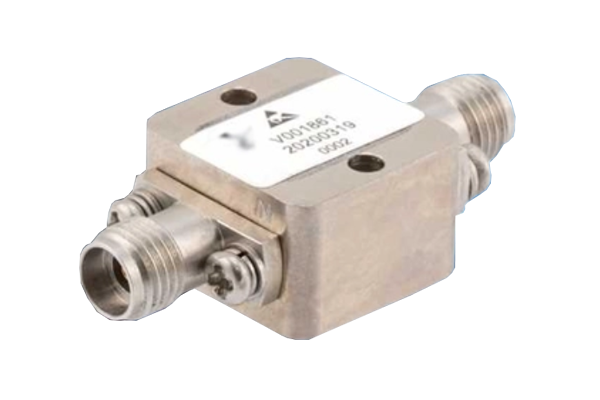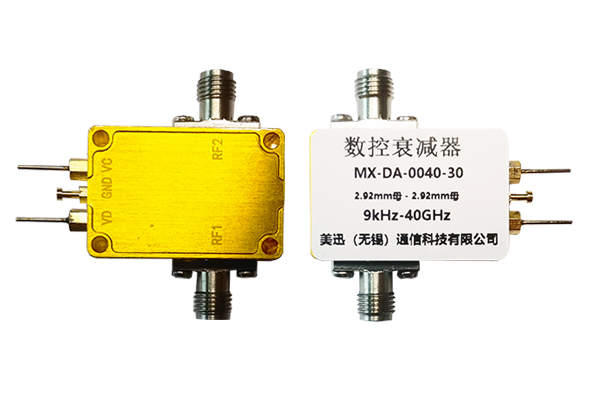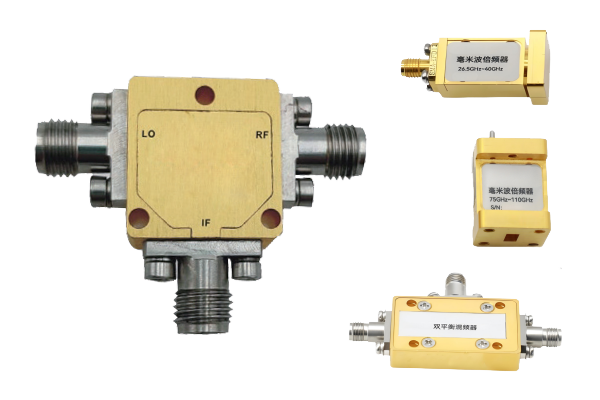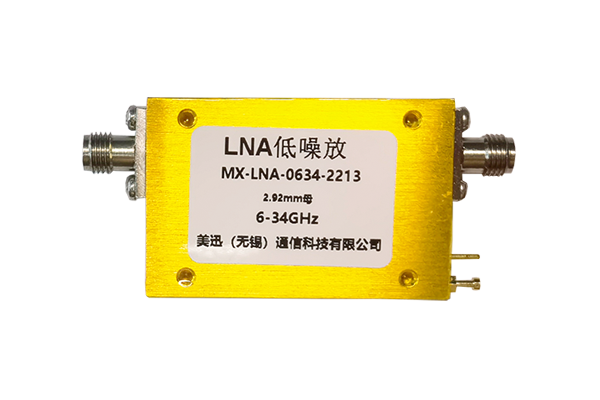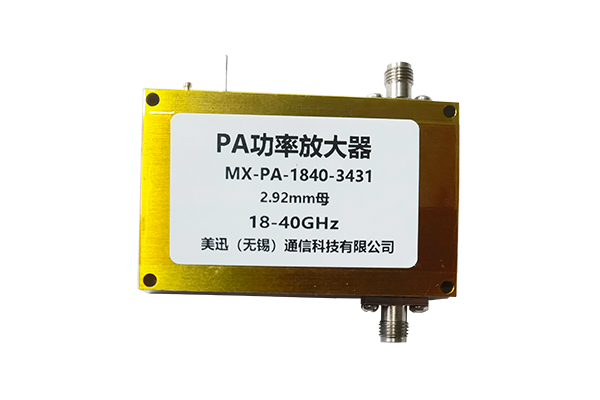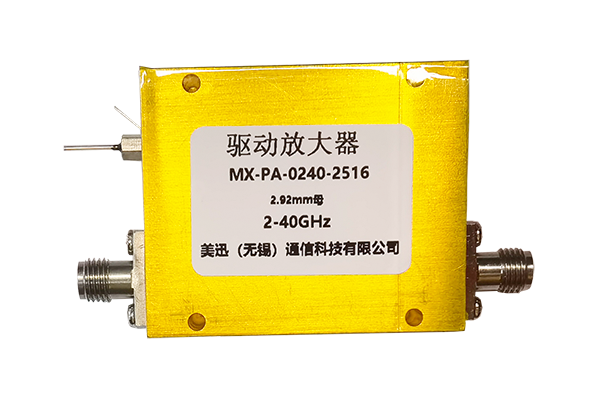How to reduce the noise of power amplifier
Power Amplifier Noise Reduction
Reducing noise in power amplifiers involves addressing various potential sources, from electrical interference to mechanical vibrations.
Optimize Power Supply
- Ensure a stable and clean power source. Use high-quality power transformers with proper shielding to prevent EMI.
- Install voltage regulators and filter capacitors to smooth out voltage fluctuations. Electrolytic capacitors (1000-4700μF) are commonly used for power supply filtering.
- Separate power supply lines for sensitive circuits from high-current components to avoid cross-coupling noise.
Manage Grounding
- Employ a single-point grounding system to prevent ground loops that cause humming.
- Use short, thick ground wires with low resistance for efficient noise dissipation. Recommended: 14-16 AWG wire for ground connections.
- Avoid daisy-chaining ground connections, which can introduce additional noise paths.
Shielding and Isolation
- Shield internal circuits with metal enclosures (aluminum or steel) to block external EMI.
- Isolate vibration-prone components using rubber mounts or dampening materials. Sorbothane or silicone mounts are effective for transformers.
- Ensure all shields are properly grounded to complete the Faraday cage effect.
Component Selection and Layout
- Choose low-noise components for pre-amplifier stages (JFETs or low-noise op-amps).
- Keep signal paths short and separate high-level/low-level signals. Maintain at least 5mm spacing between signal and power lines.
- Avoid running signal wires parallel to power cables to prevent inductive coupling.
Filtering and Equalization
- Implement low-pass/band-pass filters to remove high-frequency noise. Second-order Butterworth filters are commonly used.
- Use equalization to reduce resonant frequencies that might cause noise.
- Regularly clean input/output connectors to maintain good electrical contact.



